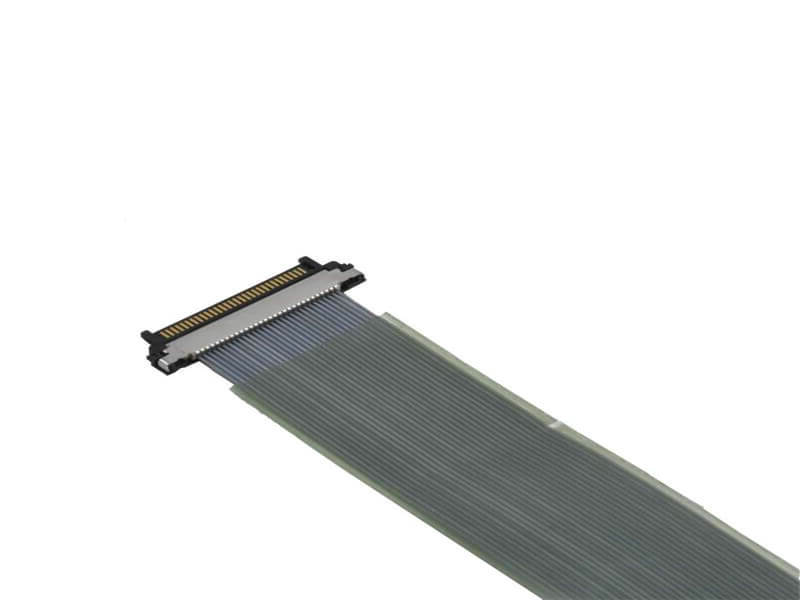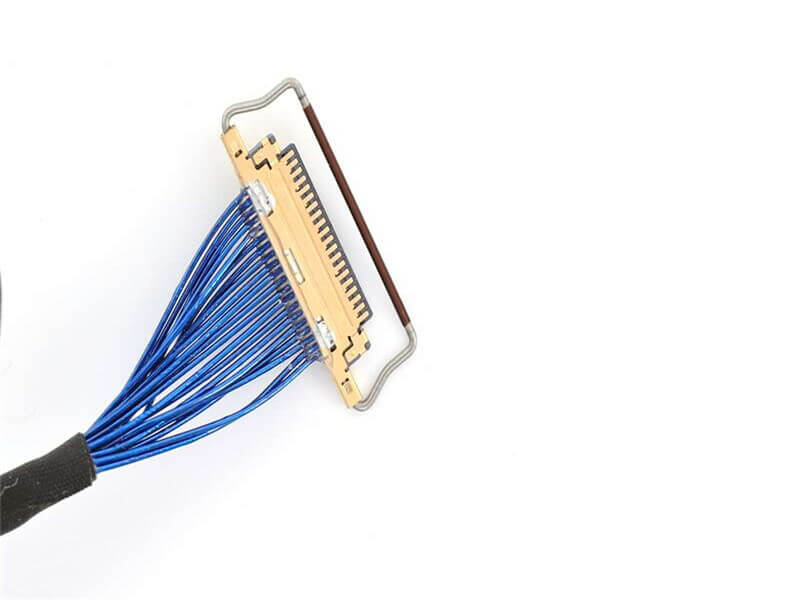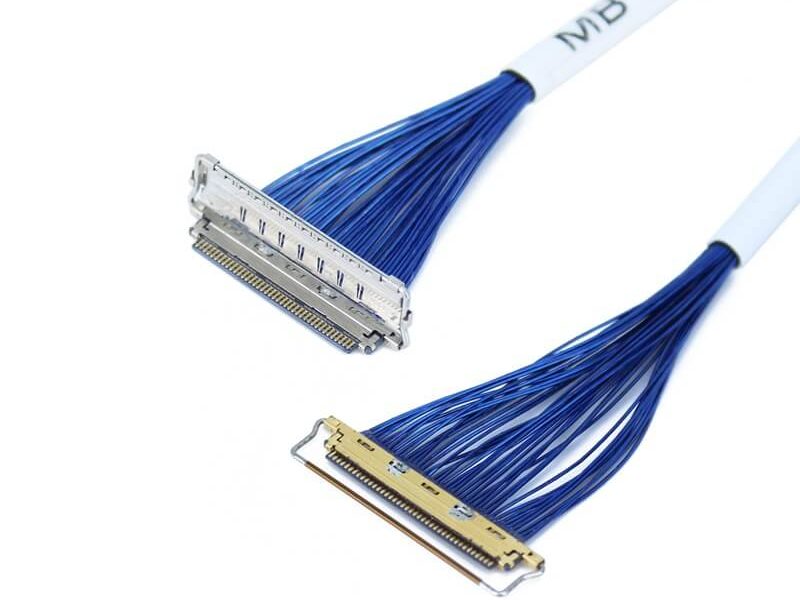4 Key Factors Affecting the Price of Micro Coaxial Cables
Micro coaxial cables are essential components in high-frequency signal transmission for industries like telecommunications, medical devices, and consumer electronics. However, their prices can vary significantly depending on multiple variables. Understanding the factors that influence micro coaxial cable pricing helps buyers make informed decisions. Below, we break down the 4 major factors affecting micro coaxial cable costs and how they impact your budget.
1. Raw Material Costs
The price of raw materials is the most direct factor influencing micro coaxial cable pricing. These cables require:
- High-purity copper or aluminum conductors for optimal conductivity.
- Specialized insulating materials (e.g., PTFE, polyethylene) to minimize signal loss.
- Shielding materials like braided copper or foil to prevent electromagnetic interference.
Fluctuations in global metal prices (e.g., copper) or polymer shortages can drive production costs up. For example, a 20% surge in copper prices in 2023 directly increased cable manufacturing expenses.
2. Manufacturing Complexity and Precision
Micro coaxial cables demand precision engineering to meet strict performance standards. Key manufacturing considerations include:
- Tolerance levels: Tighter tolerances for diameter and shielding thickness require advanced machinery, raising production costs.
- Customization: Cables tailored for specific applications (e.g., military-grade durability or ultra-flexible designs) involve additional R&D and testing.
- Quality certifications: Compliance with ISO, RoHS, or industry-specific standards adds to overhead costs.
High-precision manufacturing often results in lower yield rates, further escalating per-unit prices.
3. Supply Chain and Market Demand
Global supply chain dynamics and market demand significantly impact pricing:
- Component shortages: Disruptions in raw material supplies (e.g., semiconductor chips for connectors) can delay production and inflate prices.
- Industry demand spikes: Growing adoption in 5G infrastructure, IoT devices, and autonomous vehicles drives competition for limited supplies.
- Geopolitical factors: Tariffs, trade policies, or logistics challenges (e.g., shipping delays) may increase costs for imported materials.
Buyers in high-demand sectors should plan purchases ahead to avoid premium pricing during shortages.
4. Technological Advancements
Innovations in cable design and materials can both increase and decrease costs:
- Performance upgrades: New shielding techniques or lightweight materials improve signal integrity but may raise initial costs.
- Automation: Advanced manufacturing technologies reduce labor costs over time, potentially lowering prices for standardized cables.
- Economies of scale: Mass production of popular cable types (e.g., for smartphones) spreads fixed costs across higher volumes, reducing per-unit prices.
Staying updated on emerging technologies helps buyers identify cost-effective solutions without compromising quality.





